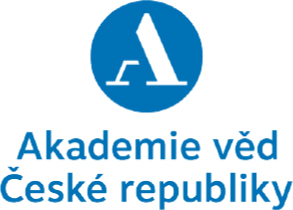The article stands as a first part of a series about the question answering process during standardized surveys. The series conceptually draws on the Cognitive Aspects of Survey Methodology (CASM) and hence it maps primarily cognitive aspects of responding process. At the very beginning the interview situation itself is described and its interactional/communication, cognitive and formal components are defined. The answering process is in accord with prevailing theories described in the course of the question interpretation, memories retrieval, making the judgement and editing the answer. The first part of the whole series concentrates on the interpretation phase. The topic of question representation is elaborated thru the psychological conception of mental representation in detail and several examples show implications for survey quality. Schemas and scenarios are then described as an “at hand” tools for interpretation of the question, and these are again illustrated by some examples. In the end, priming is mentioned as another possible source of interpretation bias.
| Copyright © CVVM | Legal notice | Cookies setting |
DESIGNED BY |



